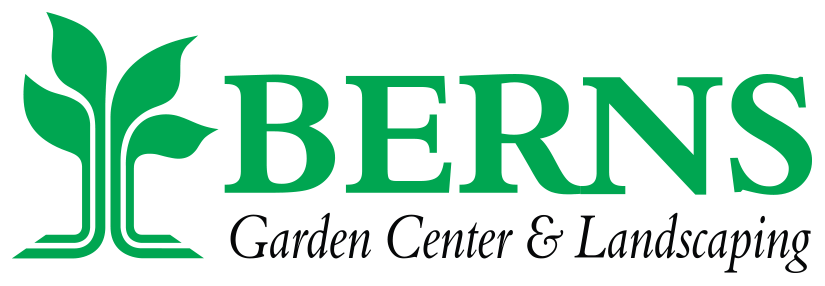From feathery evergreens to leaves that change color with the seasons, from mounds of scented flowers to bright bird-friendly berries, from sculptural and elegant to sprawling and casual, bushes and shrubs offer something for every aesthetic. These most versatile of plant types are a great landscape investment and can yield year-round rewards for a lifetime or longer.
Success is in the planting – and the planning
Bushes and shrubs are for the long term, so success is in how you plant them. Take the time to do it right, and you’ll enjoy years of healthy growth and the results you envisioned.
As always, Bern’s is here to help you plant happy. Our bush and shrub stock is extensive, with plants grown and selected for our specific climate and seasonal conditions – the Miami Valley falls in the USDA’s Hardiness Zones 6 and 6a – so no matter what you choose, you can count on Bern’s plants to be right for your landscape.
Don’t skimp on your digging.
There’s an old landscaping tip: “Dig a $100 hole for a $50 plant.” In other words, you and your shovel are prime factors in a plant’s success. And just like $100 is twice as much as $50, a shrub’s planting hole should be at least twice as big around as the container it came in.
Details vary depending on the species, but if you build your new shrub a great home, it’ll pay you back!
- Look at the shrub in its container and note how deeply it’s planted there.
- Take it out of the container to see the rough dimensions of the root ball.
- Set the shrub on the ground where you want to dig, and then use your shovel blade to mark a hole-edge two to three times larger than the root ball. Set the plant aside and start digging. Pro tip: Piling the dirt you dig out on a tarp or piece of plywood makes it way easier to put back.
- The Hole Truth: You may not need to dig as deep as you think. Most shrubs and bushes should be planted slightly above the surrounding ground, or level with it. Check your plant’s instructions but know that too deep is worse than too shallow; the hole will retain water and drown the shrub over time. Of course, too shallow can be a problem too – roots should never be exposed.
- As you dig, “eyeball” the depth by setting the shrub in the hole and laying a straight edge (a shovel handle works well) across the hole next to the plant. When the straight edge shows the hole-to-root-ball ratio is slightly higher than it was between the plant and its container, you’re there.
Free the roots!
When you took the shrub out of its container, you probably noticed a LOT of roots packed in there (hence the term “root ball”). By turning them loose, you’ll encourage the plant to grow.
Using a knife or trowel edge, gently score the bottom and sides of the root ball. Don’t panic if you cut some smaller roots – there are plenty! – but be careful with the bigger ones. Basically, you’re telling the plant it’s time to reach out into a new, larger space.
Plant, mulch, WATER … SLOW!
You’ll want to plant your shrub at the right height (slightly above the surrounding ground), and “backfill” the hole with the soil you dug out. As you work, pat or gently step on the soil to remove air pockets and secure the plant.
- Since you’ll have some extra soil, mound it around the shrub’s trunk and then gently slope it away. Your goal is slow water runoff, with no pooling.
- Spread mulch about two inches deep around the plant, out to the edge of its outermost leaves. (Certain plants prefer different kinds of mulch – we’re happy to help.)
- Pull the mulch 1” to 2” away from the shrub’s trunk to create a little “buffer zone” of clear space around the trunk. (Mulch that touches the trunk can cause trouble with fungus, rot, disease or pests.)
- Place a garden hose set to a trickle next to the trunk, and water the plant for about 15 minutes. This slow soaking will help settle the soil around the roots and eliminate any extra air pockets.
- “Slow water” regularly, ideally twice a week depending on the weather, until the plant is established – usually through its first season.
The joy of healthy bushes and shrubs only grows over time. As always, Berns is ready to help with advice and plants that thrive in Ohio landscapes, plus all the supplies you’ll need to get started.



